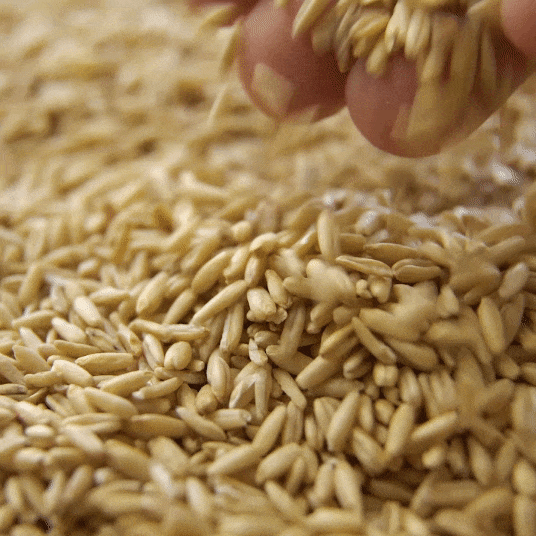
AT ST. JAMES’S GATE WE TAKE IN OVER 300 TONNES OF IRISH BARLEY EVERY WEEK
OUR BARLEY: DID YOU KNOW?
Guinness is brewed using a combination of malted, unmalted, and roasted barley.
Our barley contains starches which need to be broken down before it can be used for brewing. To achieve this, the barley is immersed in water until it begins to sprout. These small sprouts are then allowed to grow for a few days before the grain is dried in a kiln to halt the growing process.
Malted barley provides the basic raw ingredient for fermentation, contributing to the balanced flavour and unique taste of Guinness.

EUGENE RYAN, BARLEY FARMER
MORE ABOUT EUGENE
“With each passing year, we understand something new about our land and the methods we use to grow barley.
By rotating crops, we create healthier soil each year. By planting cover crops, we protect and feed the soil and by keeping barley roots and plants healthy we help keep more carbon in the soil.
I know that we will continue to adopt more sustainable farming practices to pass onto the next generation and ensure we are playing our part in protecting the planet to the best of our ability.”
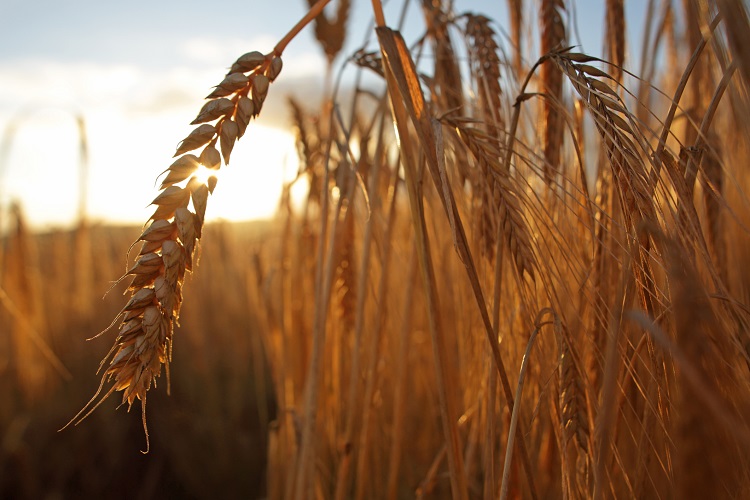
HOMEGROWN
REGENERATIVE AGRICULTURE - WHAT WE ARE DOING
We’re brewing the future of Guinness with the most ambitious regenerative farming project in Ireland.
In partnership with Irish barley farmers, we are working to define the most effective regenerative agriculture practices that improve the health of barley, the soil and farmer livelihoods. Regenerative agriculture is an approach to farming that works in harmony with the natural environment meaning the the processes used put back more than they take out, reducing the environmental impact.
Today, we have 44 farmers participating in the first phase of the project, representing approximately 1,400 acres across six counties including; Kildare, Laois, Carlow, Kilkenny, Tipperary, and Wexford.
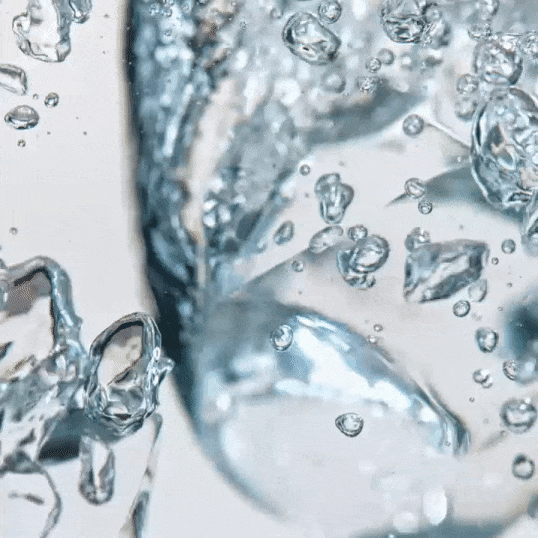
OUR WATER COMES FROM THE WICKLOW MOUNTAINS JUST SOUTH OF DUBLIN CITY
OUR WATER: DID YOU KNOW?
It may surprise you to know that during the brewing process, our team taste the water as regularly as they taste the beer, as any inconsistency could impact the flavour. It’s vital that our water’s quality remains the same, so that we can ensure Guinness always tastes great, wherever you are in the world.

SEAN LOGUE, H2O HERO
MORE ABOUT OUR PEOPLE
SHONAGH DOWD, HYDRATION BREWMASTER

“I work with a team to transform water, a seemingly simple ingredient, into beautiful Guinness. Brewing our liquid is an intricate and scientific process which has been refined over many years to produce excellent beer, every day.
I monitor the beer at various stages of the process. My team conduct several checks to ensure it’s ready to move on to the next stage, including fermentation, yeast collection, secondary maturation and filtration. It takes time, patience and precision. There is a lot of process monitoring involved and laboratory analysis to ensure the beer is of the correct specification at each stage.”

WATER FOR LIFE
PROTECTING OUR WATER: WHAT WE ARE DOING
Guinness is proud to be part of Diageo Preserve Water for Life programme, dedicated to providing drinking water to populations across Africa. Working with partner organisations, we support projects including the construction of boreholes, hand-dug wells, rainwater harvesting and the provision of filtration devices.
We’re extremely proud of the work we’ve achieved. But we’ve more to do.
In our 10-year 'Society 2030: Spirit of Progress' action plan for building a more inclusive and sustainable world, we're committed to pioneering grain-to-glass sustainability and preserving the natural resources on which our long-term success depends.
Our grain-to-glass approach supports the provision of improved access to safe water sanitation and hygiene for water stressed communities near our sites and in smallholder farmer sourcing areas.
Find out more by visiting www.guinness.com and sign up to receive regular updates.
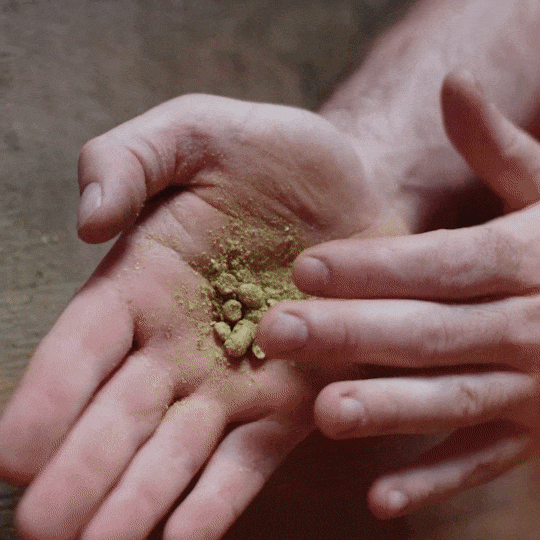
THE HIGH HOP CONTENT OF GUINNESS HAS ALLOWED IT TO BE SHIPPED ALL OVER THE WORLD
OUR HOPS: DID YOU KNOW?
This worked so well that the rich and characterful porter was quickly shipped to the Caribbean, America, Africa and Southeast Asia. Originally known as West India Porter, Guinness Foreign Extra stout has evolved through the ages, but its soul has stayed the same. Try it for yourself in the Gravity Bar upstairs.
Hop plants are vine-like plants which grow on bines. There are multiple varieties of hops, each with their own distinctive flavour and fragrance. Our hop buyers rub the flowers, known as cones, into their hands to assess the aroma and quality of the raw ingredient.
Hop plants are particularly temperamental and require a specific amount of sunlight. They can only be reliably grown in two regions of the world, between 35 and 55 degrees north and south of the equator. Our hop buyers source the highest quality from England, the United States, Australia, New Zealand, Germany and the Czech Republic.

SIOBHÁN RYAN – HOP CONNOISSEUR
MORE ABOUT OUR PEOPLE
PETER SIMPSON – FLAVOUR TRAILBLAZER

“I have been brewing here at St. James’s Gate for over 15 years. As head brewer, I get to experiment, create new beers and explore all the different flavours that we can build into the liquid. The range of flavours we can achieve from hops is just amazing. Not only by using different varieties but also the way in which we brew with them can deliver totally different flavour profiles.”
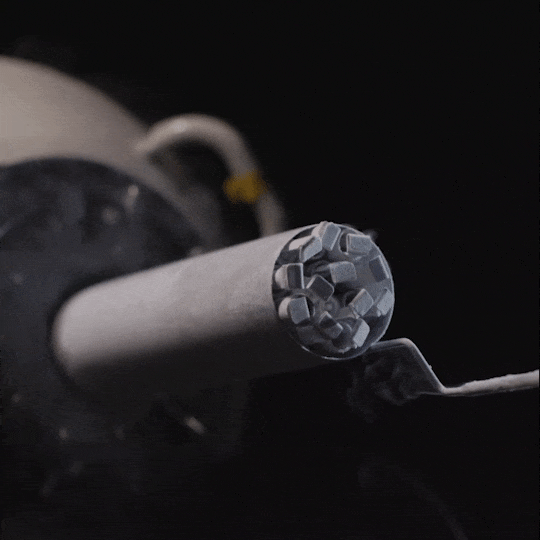
THE MORE WE LEARN ABOUT OUR GUINNESS YEAST THE MORE WE REALISE HOW UNIQUE AND SPECIAL IT IS
OUR YEAST: DID YOU KNOW?
Guinness has always been at the forefront of scientific discovery. Our records show that the first scientific brewer, Thomas Case, was appointed to the brewery in 1893, just 39 years after Louis Pasteur discovered that yeast causes fermentation. Shortly after that, the Watling 1903 yeast was first isolated and stored as Guinness stout production yeast. It was held at the Watling Laboratory, named after its location on Watling Street, here at the brewery. We’ve brewed with the same strain of Guinness yeast since then, but we believe it is much older than that.
Yeast is the engine of brewing, without it, there is no beer. It takes sugary, bitter water and transforms it into beautiful beer. You can’t say that about any other ingredient. The traditional strain of yeast that goes into every brew of Guinness, everywhere it is brewed, is incredibly important to us.
A small amount of yeast from each brew is transferred onto the next to ensure consistency. The yeast for Guinness is grown here at St. James’s Gate and is stored in liquid nitrogen tanks at -196 degrees celsius.

ANGELA LARKIN - TASTE MAESTRO
50 MILLION PINTS: SMALL BUT MIGHTY
To use our yeast, we take a small vial from our liquid nitrogen which holds roughly one million cells and we grow it up.
We then add that vial into a small conical flask holding sweet wort and leave for 24 hours until it starts to grow. It’s then added to a larger flask where it has now grown to roughly 50-60 million cells. At that point, it is transferred into a flask, which holds 25 litres of liquid.
In the brewing process, we get through one of these flasks every three weeks.
One flask helps ferment 28 million litres of stout, that’s about 50 million pints.
From one vial – our yeast is small but mighty.